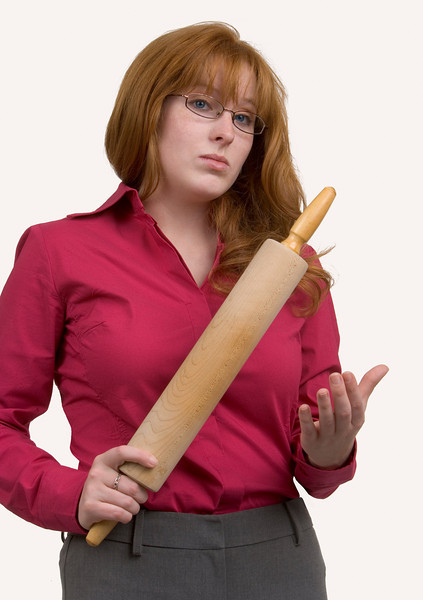I know there are several of you here, who are quite adept at tying your own flies for fly fishing. It would be swell if any of you would take it upon yourself to share any advice, tips, tricks, or step-by-step instructions you may have developed. I'm aiming at starting a contest in the spring, and I would love for any and all experience levels to feel like that could compete. All I ask is that you not just post a link to another site with instructions. Let's build the valuable content here at B&B, that keeps folks coming back for more.
Some questions to consider:
1) How does a noob get started?
2) What materials and tools are critical? Which are not necessary, but make things easier?
3) What distinguishes materials as "better" than others? Also apply this question to sources of materials (shops, online stores, etc).
4) What are the different kinds of flies, and how are they used?
5) How can a noob become a successful fly tier?
Feel free to add to these questions based on your experience. I look forward to seeing what our talented membership can come up with!
Some questions to consider:
1) How does a noob get started?
2) What materials and tools are critical? Which are not necessary, but make things easier?
3) What distinguishes materials as "better" than others? Also apply this question to sources of materials (shops, online stores, etc).
4) What are the different kinds of flies, and how are they used?
5) How can a noob become a successful fly tier?
Feel free to add to these questions based on your experience. I look forward to seeing what our talented membership can come up with!





